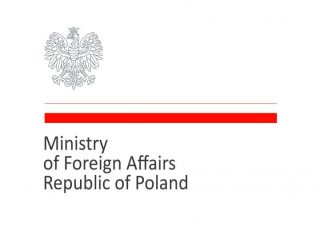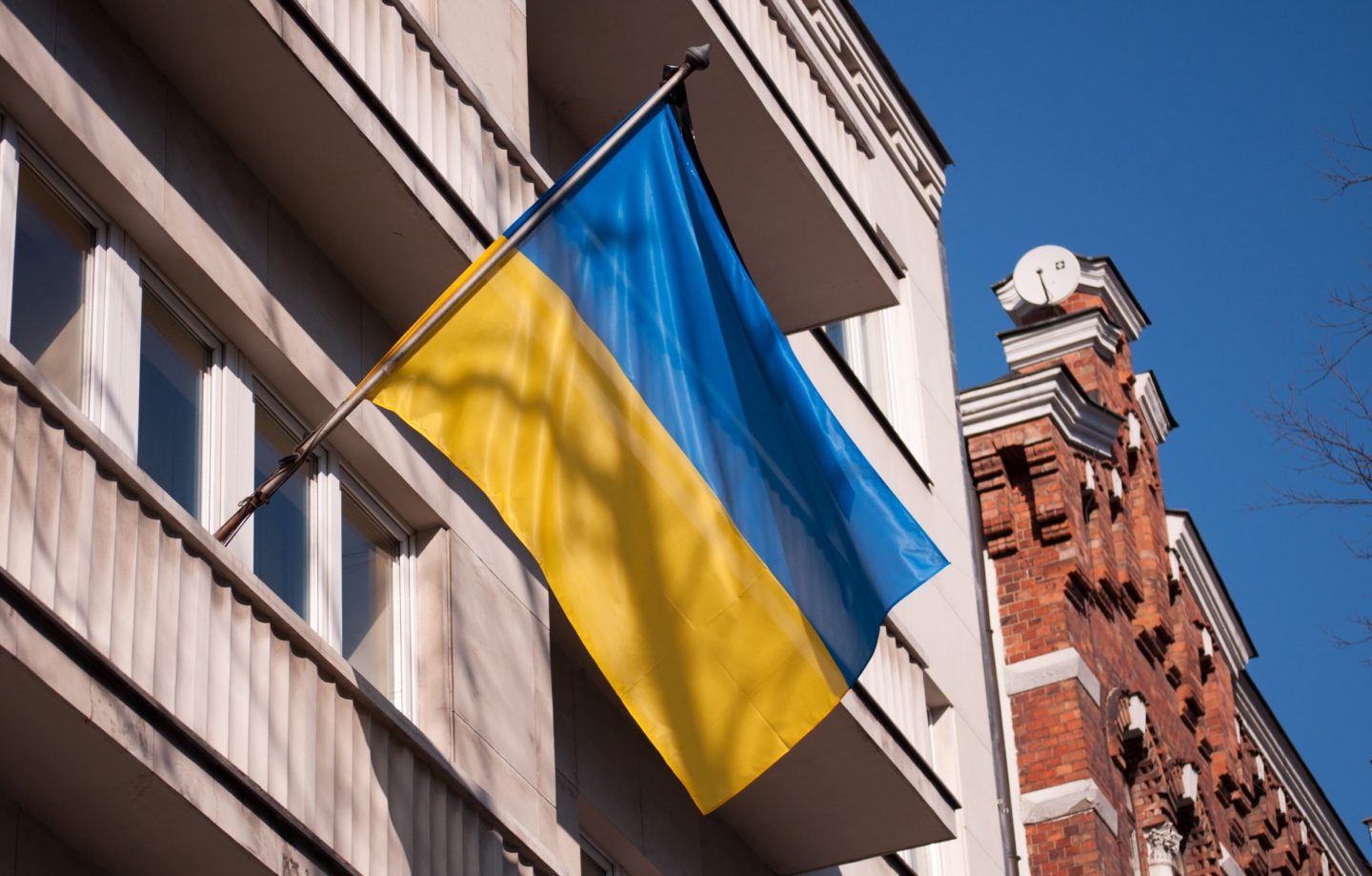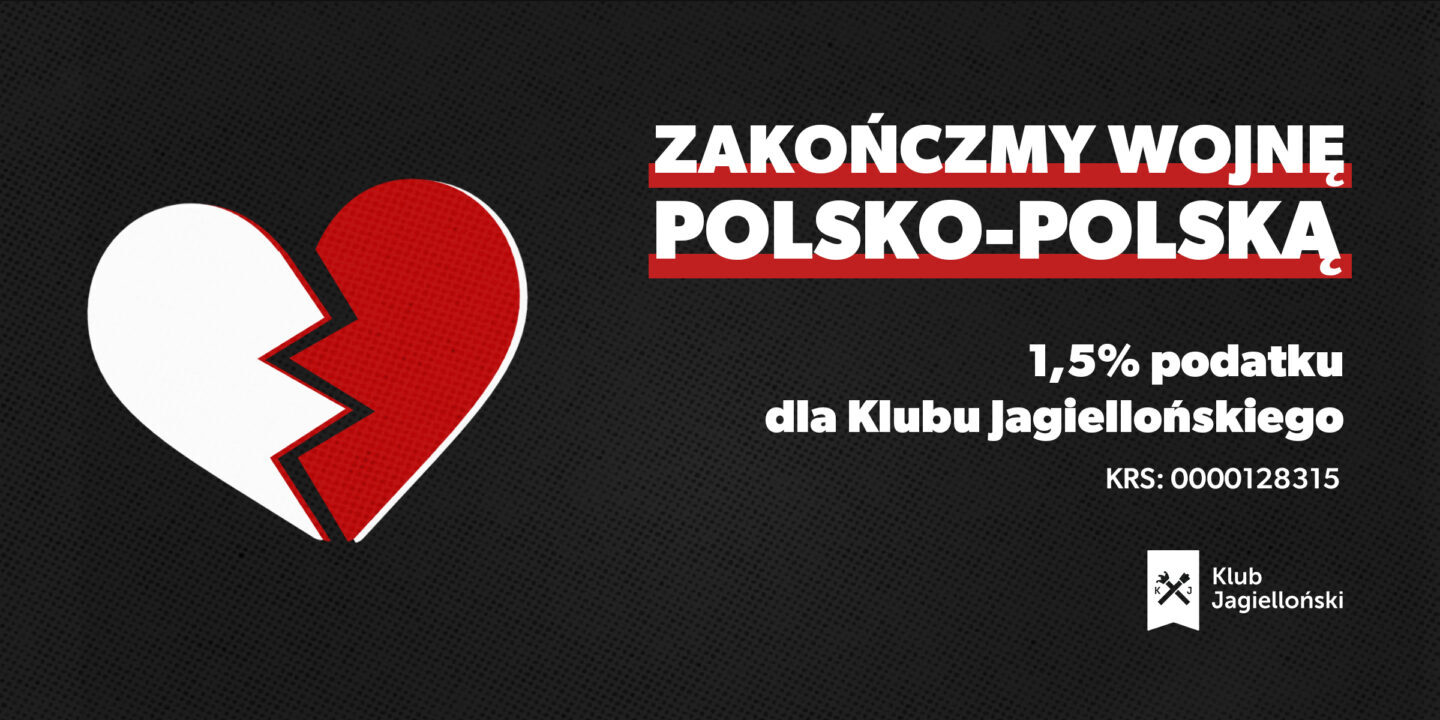Why is Ukraine poorer than Poland?
W skrócie
In 1990, Poland’s and Ukraine’s GDPs were at a similar level, and even slightly tilted in favour of Ukraine. However, since then the Polish index has never fallen, while Ukraine’s GDP has been in decline for a decade. Although the effects of the Soviet past can still be observed in Poland as well, the situation today is completely different in the two countries. Where has the Polish transformation path veered from that of Ukraine? What was missing in Ukraine for it to be able to enjoy its’ neighbours level of prosperity today? Was it possible?
How should one perceive the political transformation across the former Eastern bloc that has been taking place for the past 30 years? Through the diversity of capitalism. Market economies take on various forms, which are especially characterised by different institutions. One such specific variety of the system was developed in the countries of the former Eastern bloc, which collectively changed their systems from real socialism to capitalism. However, the transformations were not homogeneous. Through the lens of capitalism models, we can see the key differences that determine a transformation’s success or failure. As it is not necessarily about objective, evident economic conditions (analysed through macroeconomics), it is worth paying attention to a specific type of capitalism that had a chance to form in post-Soviet states, especially in Ukraine. Why it is different from the situation in the West?
Patching up institutional shortcomings
Unlike the countries of the West, the Eastern bloc countries made the transition to capitalism in a controlled and deliberate manner. In the former, the system—although it was subject to reforms and changes—developed relatively automatically over centuries. It had the opportunity to mature naturally. Manual post-Soviet transformations could not easily create such a complete and comprehensive system. So, a new system was needed to be patched together, and the process of building it still seems to be unfinished. Such complementary reforms can pile up, creating a complex, obscure network of institutions and laws that form a specific type of post-Soviet capitalism. What are the most important common features that are noticeable in Poland today?
Contracts are a good indicator, showing the resources of social capital (i.e. the general trust in society) and institutional facilities for the smooth enforcement of contract terms. In post-Soviet states, they are implemented slowly, often with delays. Moreover, it is difficult to resort to external regulators in a timely manner to speed up the process—such regulators either do not exist or are too slow themselves. There is a greater moral hazard and the other party to the contract often has to apply strict penalties and restrictive clauses.
Another common feature is the labour market in post-Soviet economies, which is characterised by a relatively low employment rate. However, it is not the same as high unemployment. This creates a large ‘precariat’ class: many people are employed under unstable terms or even illegally. Working conditions in less qualified jobs are also worse. All these features translate into low labour costs, allowing easier competition for the inflow of foreign investment.
Another common feature of post-Soviet economies is low innovation potential, which translates into an inability to generate economic growth in the knowledge-based economy model. This, in turn, poses the risk of the system’s inability to catch up with the West. Expenditure on research and development accounts for a small part of the GDP: in Poland, it is around 1%, while in Ukraine it is not even half that. Expenditure on education and science is also low.
Why is Ukraine poorer than Poland?
The general characteristics of the economic model of post-Soviet states presented above are a clear result of the historical starting point these countries found themselves in 30 years ago. However, Poland and Ukraine are currently fundamentally different from each other in economic terms.
When compared to Poland, Ukraine had a less independent economy and a sovereign political life, being one of the USSR republics. This was an additional burden during the transformation: the communist lack of private property also overlapped uncertainty regarding ownership at the newly established international level.
Moreover, most of the industrial plants located in Ukraine were network-linked with industry throughout the Soviet Union. Only the Donetsk Basin was a fairly integral whole in the production of steel and iron.
From the very beginning, the transformation paths of Poland and Ukraine diverged. Was Polish shock therapy—Balcerowicz’s plan—possible in Ukraine? The Polish path of development assumed broad liberalisation and marketisation: the abolition of top-down price controls, reformed public finances, tax reforms, the internal convertibility of the currency, the liquidation of the state monopoly in foreign trade, the removal of guarantees for state-owned enterprises, and more.
Ukraine, however, had no such choice at all. Balcerowicz’s plan was created thanks to the existence of a relatively strong intellectual centre that was able to draw inspiration from the West (especially from the Sachs–Lipton plan and the Washington Consensus); this—combined with a relatively stable, democratic political authority—gave it credibility, which in turn brought the support of the International Monetary Fund and the World Bank.
Such conditions did not exist in Ukraine, which did not have its own currency, a central bank, or a strong intellectual centre that could plan and control the legislative processes. So how did Ukraine create its free market? Spontaneously most of all, but also through the elite. In Poland, the so-called Wilczek Act was put into force in 1989, which legalised private economic activity and resulted in the creation of hundreds of thousands of companies every year. A market-oriented, microeconomic sector of activity was created for a large part of the population, but there was still nothing else at the institutional and macroeconomic level.
At the starting point, the GDP of Poland and Ukraine was at a similar level; in 1990, it favoured Ukraine. However, further on, the Polish index has never dropped; the economic reforms were immediately visible. On the other hand, Ukraine’s GDP fell for a decade straight (by almost 50% from 1990 to 1994).
Due to the lack of sufficient institutional architecture in Ukraine, a shadow economy has developed, providing goods and services that were needed where the official economy was ailing. Such activity was rooted in the times of real socialism, with its black market and small-scale, not-entirely-legal production. But with many gaps in the state’s structure, the income from the shadow economy was more likely to disappear abroad or strengthen the criminal world than to fuel a low-demand economy.
The oligarchisation of the economy, which seems to be a historical necessity—looking at many post-Soviet (and not only) states—changes the mechanisms of management fundamentally, institutionally as well. In a typical market environment, one competes with prices and innovations, for example, because the essence is to maximise the profit in an enterprise (or perhaps to maximise its value). In an oligarchic economy, the property is what provides the advantage and profit. Influence and ownership are gained through affiliation and political power, such as influencing government decisions and regulations.
Without strong institutions we are harmless
The example of both countries shows why an appropriate institutional architecture is necessary for development. At first, both countries seemed to have similar development and modernisation potential. The final result, however, was significantly different.
In Poland, a large number of institutions have been prepared ex-ante, the official ones—e.g. in finance and economic law—as well as slightly more cultural ones, such as building trust in the authorities in the society and abroad. Of course, it did not come without scandals, controversial decisions in economic policy, and institutional gaps being filled ad hoc. However, it was relatively efficient at controlling inflation and creating conditions for GDP growth. Furthermore, a currency reform (redenomination) was carried out quite early, a new Constitution that regulated many previously unclear matters was adopted, and in 1999 a whole series of fundamental reforms were carried out, including the creation of a modern pension system.
Ukraine’s institutional weakness in the late 1980s and 1990s prevented an efficient transformation. For example, after Leonid Kuchma took power, attempts were made to implement a monetary reform, though they collapsed quickly. Without its real currency and institutional background, it was not uncommon that the wages were received in products instead of money. The conditions of the Ukrainian transformation resulted in the creation of a post-Soviet model of capitalism.
Setting a clear path is the key to success
Poland started the transformation with a specific goal of joining the European communities (and the NATO alliance in international politics). As early as 1991, an association agreement was signed with the EU. It helped because the EU quite clearly promotes the Western models of capitalism and democracy and allows the institutional architecture of the states joining it to become similar.
Ukraine, in turn, has been and is torn by Russia’s struggle for influence in opposition to the West. In the year of Poland’s accession to the EU, the Orange Revolution broke out in Ukraine, during which the protesters demanded freedom of speech and other fundamental freedoms that Poland already enjoyed. A decade later, rapprochement with the EU was still unclear, and when the signing of the association agreement was postponed, it led to Euromaidan (the Revolution of Dignity). This, in turn, shattered the stability so thoroughly that it led to the separation of Crimea and the war in eastern Ukraine. This also shows institutional instability.
In the case of Poland, the development path is quite clear: catch up with the West and aim to remove the negative features of the patchwork model of capitalism in favour of, most likely, the continental model (one based on Germany or France). In the case of Ukraine, this is by no means clear, at least when it comes to actions and their consequences.
Unfortunately, the model of post-Soviet capitalism seems to be sustainable in Ukraine. Therefore, it actually ceases to be this very model and becomes a degenerate crony capitalism. In such a system, the domination of non-market influences and the struggle for them becomes the key mechanism behind the macroeconomic behaviour of the economy. Business is intimately tied to the political power that is controlled by powerful oligarch clans. They transfer their profits abroad. There is mass emigration and no institutional architecture is being created that would favour the inflow of foreign investment. Competition and stability cannot be reconciled in such a situation. Democracy becomes merely a façade, and no one believes in it. Ukraine’s path to such a model is not a necessity, although changing this trajectory would certainly require fundamental transformations, social movements, and in-depth reforms.
Does the political platform of Zelensky, who was elected in 2019, offer hope for such changes? Michał Potocki wrote about it at our website, arguing that changing the status quo—also institutional—was the direction Zelensky’s presidential and parliamentary campaign was heading. However, the fight against the system’s inertia, the oligarchy, and the transformational backlog requires major social support, which can then be translated into political power. Today, it seems it will be very difficult for him to deliver on these promises and it is uncertain whether Zelensky’s support will be maintained.
***
Therefore, Poland’s relative success compared to Ukraine can be seen in the building of appropriate institutions. Of course, part of Ukraine’s historical misfortune is that, as an integral part of the USSR, it has been a far less self-contained economy for many decades. Therefore, it is now difficult to determine whether a different transformation scenario in Ukraine was ever possible at all—probably not, and certainly not one like the Polish transformation. Shock therapy required a great deal of coordination and efficiency among the state apparatus and institutions.
This also does not mean that the Polish transformation is a success story, or that the Polish institutional base for the functioning of the economy is flawless. Scams, political games, etc. have also taken place in Poland. It seems, however, that such events are (hopefully!) seen as a scandal and not the standard, although perhaps in the ’90s this was not always the case.
The fact that the course of economic changes—including institutional ones—was outlined right away, even before the political system was completely changed, seems crucial. Of course, one may argue over the validity of shock therapy, but a more gradual transformation could have proven even better. This was missing in Ukraine. Although the historical conditions meant our states partially share the model of post-Soviet capitalism, fundamental differences have been visible since 1989. The key point is that Poland is striving, for better or worse, to institutionally approximate its model to continental or, more broadly, European capitalism. The European Union plays a huge part in this. In Ukraine, it took years to develop a political agenda for rapprochement with Europe. And it still hasn’t quite worked out.
Polish version is available here.
 Publication (excluding figures and illustrations) is available under Creative Commons Attribution 4.0 International. Any use of the work is allowed, provided that the licensing information, about rights holders and about the contest "Public Diplomacy 2020 – new dimension" (below) is mentioned.
Publication (excluding figures and illustrations) is available under Creative Commons Attribution 4.0 International. Any use of the work is allowed, provided that the licensing information, about rights holders and about the contest "Public Diplomacy 2020 – new dimension" (below) is mentioned.
The publication co-financed by the Ministry of Foreign Affairs of the Republic of Poland as part of the public project "Public Diplomacy 2020 – new dimension" („Dyplomacja Publiczna 2020 – nowy wymiar”). This publication reflects the views of the author and is not an official stance of the Ministry of Foreign Affairs of the Republic of Poland.



